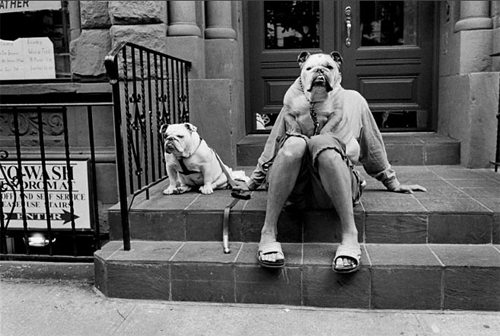The smart Trick of Street Photographers That Nobody is Discussing
All about Street Photographers
Table of ContentsSome Known Factual Statements About Street Photographers 9 Easy Facts About Street Photographers DescribedFacts About Street Photographers UncoveredThe smart Trick of Street Photographers That Nobody is DiscussingStreet Photographers Can Be Fun For Anyone
Street photographers do not necessarily have a social purpose in mind, however they like to isolate and catch moments which might or else go unnoticed.Though he was influenced by most of those that influenced the street photographers of the 1950s and '60s, he was not primarily thinking about capturing the spirit of the street. The impulse to aesthetically record individuals in public began with 19th-century painters such as Edgar Degas, douard Manet, and Henri de Toulouse-Lautrec, that worked side by side with professional photographers attempting to record the essence of city life.

Given the great high quality of his photos and the breadth of product, engineers and artists typically bought Atget's prints to use as recommendation for their very own work, though industrial rate of interests were rarely his main inspiration. Rather, he was driven to picture every last residue of the Paris he loved. The mingled enthusiasm and necessity of his goal sparkle through, causing photos that tell his very own experience of the city, qualities that anticipated street photography of the 20th century.
Not known Details About Street Photographers
They expose the city with his eyes. His work and basic understanding of digital photography as an art type acted as inspiration to generations of photographers that adhered to. The future generation of street photographers, though they likely did not describe themselves because of this, was ushered in by the photojournalism of Hungarian-born photographer Andr Kertsz.
Unlike his peers, Brassa utilized a larger-format Voigtlnder cam with a longer direct exposure time, compeling him to be a lot more calculated and thoughtful in his practice than he might have been if using a Leica. (It is assumed that he may not have been able to manage a Leica during that time, yet he did, however, make use of one in the late 1950s to take colour photographs.) Brassa's photos of the Paris abyss lit up by artificial light were a discovery, and the compilation of the collection that he published, (1933 ), blog here was a significant success.
Cartier-Bresson was a champion of the Leica cam and one of the initial professional photographers to optimize its capabilities. The Leica permitted the professional photographer to interact with the surroundings and to catch moments as they occurred - Street Photographers. Its reasonably tiny size additionally helped the professional photographer discolor right into the background, which was Cartier-Bresson's recommended approach
About Street Photographers
It is as a result of this fundamental understanding of the art of picture taking that he is typically attributed with finding the tool around again roughly a century because its innovation. He took pictures for greater than a half century and influenced generations of digital photographers to trust their eye and instinct in the minute.
These are the concerns I will attempt to respond to: And after that I'll leave you look at this website with my very own definition of street digital photography. Yes, we do. Allow's begin with defining what a meaning is: According to it is: "The act of defining, or of making something definite, distinctive, or clear".
No, certainly not. The term is both limiting and misinforming. Seems like a street digital photography need to be pictures of a streets appropriate?! And all street professional photographers, with the exception of a handful of absolute newbies, will totally appreciate that a road is not the crucial part to road photography, and in fact if it's an image of a road with perhaps a few uninteresting people not doing anything of rate of interest, that's not road digital photography that's a photo of a street.
He makes a legitimate point do not you believe? However, while I agree with him I'm not exactly their website sure "honest public photography" will capture on (although I do kind of like the term "honest photography") because "road digital photography" has actually been around for a long period of time, with numerous masters' names affixed to it, so I think the term is below to stay.
The Street Photographers PDFs
You can fire at the beach, at a festival, in a street, in a park, in a piazza, in a cafe, at a gallery or art gallery, in a city station, at an occasion, on a bridge, under a bridge ...
Yes, I'm afraid we scared no choice! Without guidelines we can not have a definition, and without an interpretation we don't have a genre, and without a category we don't have anything to define what we do, and so we are stuck in a "policies definition style" loop! - Street Photographers
Rumored Buzz on Street Photographers
